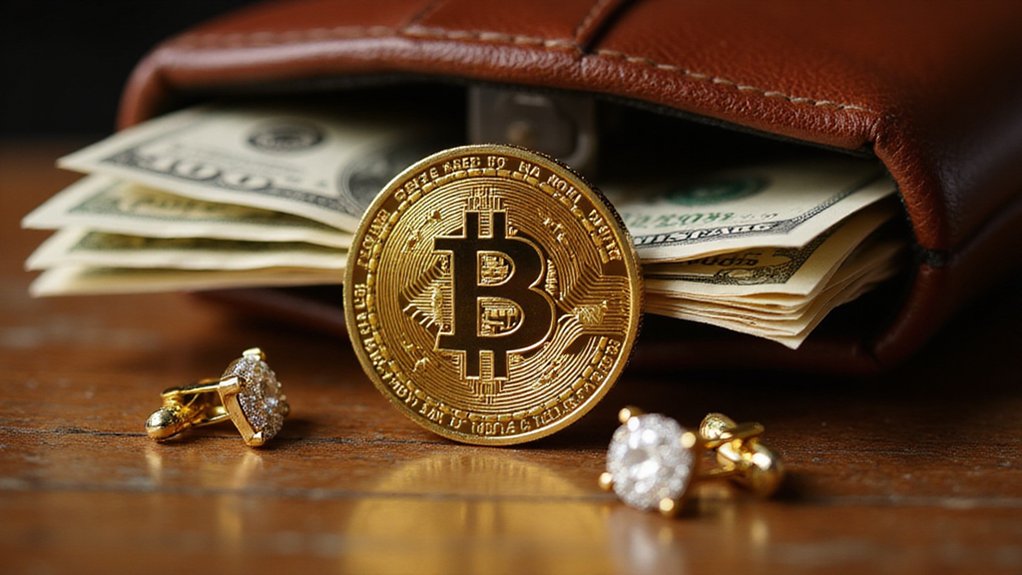Few political figures have managed to transform a campaign promise into a multi-billion-dollar paper fortune quite as efficiently as Donald Trump’s foray into the cryptocurrency space through World Liberty Financial (WLF). The venture, launched during the 2024 presidential campaign, represents perhaps the most audacious convergence of political power and digital asset speculation in modern history.
The Trump family’s cryptocurrency empire centers around the $WLFI token, where a corporate entity controlled by the family maintains a commanding 60% stake in WLF itself. Trump’s official role evolved from “Chief Crypto Advocate” to the more ceremonial “Co-Founder Emeritus” upon assuming office—a title change that presumably addresses potential conflicts of interest while maintaining substantial influence over the enterprise.
Market dynamics have proven characteristically volatile. The WLFI token debuted with considerable fanfare, reaching approximately 40 cents before settling into a more subdued trading range around 23 cents. This price action, combined with the family’s reported holdings of 22.5 billion tokens, generates the impressive $5 billion valuation that has captured widespread attention.
Paper fortunes built on volatile pixels—22.5 billion tokens creating billions in theoretical wealth that exists primarily in digital spreadsheets.
However, this figure represents quintessential paper wealth, subject to the capricious nature of cryptocurrency markets and significant liquidity constraints. Founder tokens remain locked under an undetermined vesting schedule, while regular investors can liquidate up to 20% of their holdings following a governance vote earlier in 2025. The irony is palpable: the family’s crypto fortune exists largely in digital limbo, impressive on spreadsheets but inaccessible for immediate monetization.
Trump’s regulatory approach has proven remarkably accommodating to his new financial interests. The GENIUS Act and executive orders establishing Strategic Bitcoin Reserves represent a complete reversal from his previous crypto skepticism, now positioning America as the global digital asset leader. The comprehensive legislation creates the first Federal regulatory system for stablecoins, requiring 100% reserve backing with liquid assets and establishing unprecedented oversight mechanisms. These measures address long-standing concerns about reserve transparency that have plagued the stablecoin market, particularly following various de-pegging events during periods of market stress. Major news outlets continue to provide breaking news stories on the developing regulatory landscape and its implications for the cryptocurrency market.
White House denials of conflicts of interest ring somewhat hollow given the unprecedented nature of a sitting president maintaining such substantial cryptocurrency holdings while simultaneously crafting favorable regulatory frameworks.
Critics and Democratic lawmakers have raised predictable concerns about regulatory capture, while market volatility continues to fluctuate the family’s theoretical wealth by hundreds of millions daily—a fitting metaphor for crypto’s inherent absurdity.






